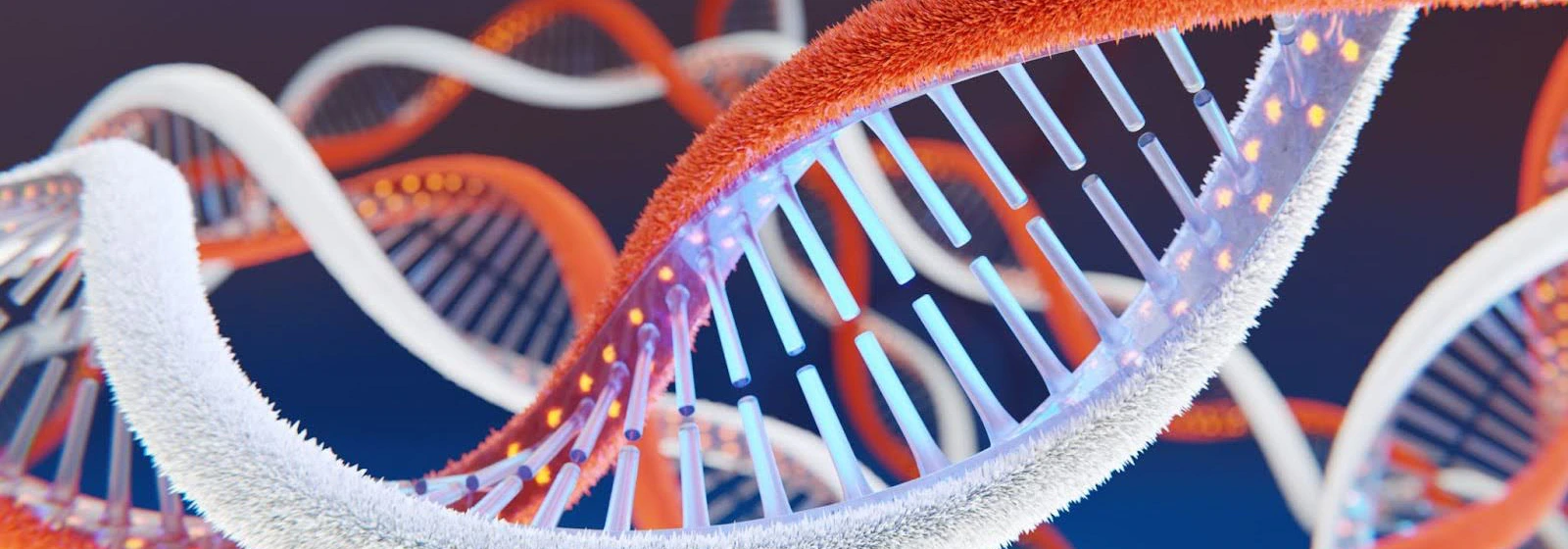Genetic information is the blueprint of life, and RNA and DNA are the principal architects of this remarkable process. While they share similarities as carriers of genetic material, RNA and DNA have distinct structural and functional characteristics that make them unique. For education and learning purposes, understanding these differences is essential to grasping the fascinating world of molecular biology and genetics. Let’s explore the key differences and uncover which structural characteristic is seen in RNA but not in DNA.
Introduction to RNA and DNA
RNA (ribonucleic acid) and DNA (deoxyribonucleic acid) play vital roles in the storage, transmission, and expression of genetic information. DNA acts as the long-term repository of genetic instructions, while RNA translates and transmits these instructions to enable protein synthesis and other cellular processes. Decoding the differences between these two molecules allows us to appreciate their shared roles in life’s genetic dance while recognizing their specialized functions.
Fundamental Differences Between RNA and DNA
At a glance, the differences between RNA and DNA can be summarized as follows:
- Structure: DNA is double-stranded, forming the iconic double helix, while RNA is single-stranded.
- Sugar Component: DNA contains deoxyribose, whereas RNA contains ribose.
- Nitrogenous Bases: DNA uses thymine (T) as one of its four bases, while RNA replaces thymine with uracil (U).
- Stability: DNA is more chemically stable due to its double-helix structure, while RNA is more reactive and transient in cells.
These differences not only define the molecules structurally but also dictate their distinct biological functions.
Structural Characteristics of RNA and DNA
When examining structure, a critical distinction emerges in which structural characteristic is seen in RNA but not in DNA. Here’s a breakdown:
1. Sugar Component
DNA contains deoxyribose, a sugar molecule lacking one oxygen atom compared to ribose in RNA. This subtle difference makes DNA more stable and suitable for long-term genetic storage, while ribose in RNA facilitates its dynamic, short-term functions in cells.
2. Strands
DNA’s double-stranded helix is ideal for protecting genetic information and creating a robust repair mechanism. RNA, on the other hand, is single-stranded, allowing it to fold into diverse shapes and perform various roles, like acting as a messenger (mRNA), transfer molecule (tRNA), or part of a ribosome (rRNA).
3. Nitrogenous Base Variation
RNA uses uracil (U) instead of thymine (T), which is a feature exclusive to this molecule. Uracil pairs with adenine (A) during base pairing, much like thymine does in DNA, but its presence signifies RNA’s temporary nature.
4. Adaptability and Functionality
RNA’s single-stranded structure and flexible backbone allow it to carry out multiple functions, such as enzyme activity (as in ribozymes), compared to DNA’s rigid and protective role as a genetic archive.
These structural differences give RNA a broader versatility in cellular functions while ensuring DNA remains a secure and stable reservoir of genetic material.
Functional Implications of Structural Differences
The structural differences between RNA and DNA directly influence their roles in biological systems:
- DNA is primarily a storage molecule for genetic information. Its stable double helix ensures that genetic data is preserved and replicated accurately during cell division.
- RNA is dynamic and multifunctional. It plays a key role in protein synthesis by acting as a messenger between DNA and the protein-manufacturing machinery of the cell (translation). Additionally, RNA molecules like tRNA and rRNA actively participate in enzymatic functions and protein assembly.
RNA’s unique characteristics also allow it to serve crucial regulatory and catalytic roles, making it indispensable in gene expression and metabolic pathways.
The Importance of Understanding RNA and DNA Differences
Why do these differences matter? Beyond a basic understanding of biology, they have significant implications for medical research, biotechnology, and education:
- Medical Research: Knowing the differences helps scientists develop RNA-based vaccines (e.g., mRNA vaccines for COVID-19) and targeted gene therapies.
- Genetics and Evolution: RNA’s adaptability sheds light on how life might have evolved initially in an “RNA world.”
- Education: For students, grasping these differences is foundational to topics such as molecular biology, microbiology, and genetic engineering.
Studying the distinctive roles and characteristics of RNA and DNA deepens our appreciation of life’s complexity and inspires new innovations in science and medicine.
Unlock More Learning Resources
If you’re excited to keep learning about the fascinating world of RNA and DNA, don’t miss our related article, “Blueprint of Your Genetics”. It dives into how genetic information is passed down through generations, complementing what you’ve learned here about the molecular mechanisms behind DNA and RNA. Whether you’re a student building your biology knowledge or an educator looking for teaching resources, this article is a perfect next step!
Conclusion
From the stability of DNA’s double helix to the adaptive flexibility of RNA’s single strand, the differences between these molecules define their unique roles in genetic processes. The presence of ribose sugar and uracil, along with the single-stranded nature of RNA, highlight which structural characteristic is seen in RNA but not in DNA, making it a vital player in gene expression and regulation.
Understanding these distinctions is key to unlocking the mysteries of biology and genetics. Keep expanding your knowledge with our detailed resources on topics like physics, chemistry, and more at K12 Tutoring. With detailed articles, engaging visuals, and practical examples, we’re here to support you in your quest for knowledge.




